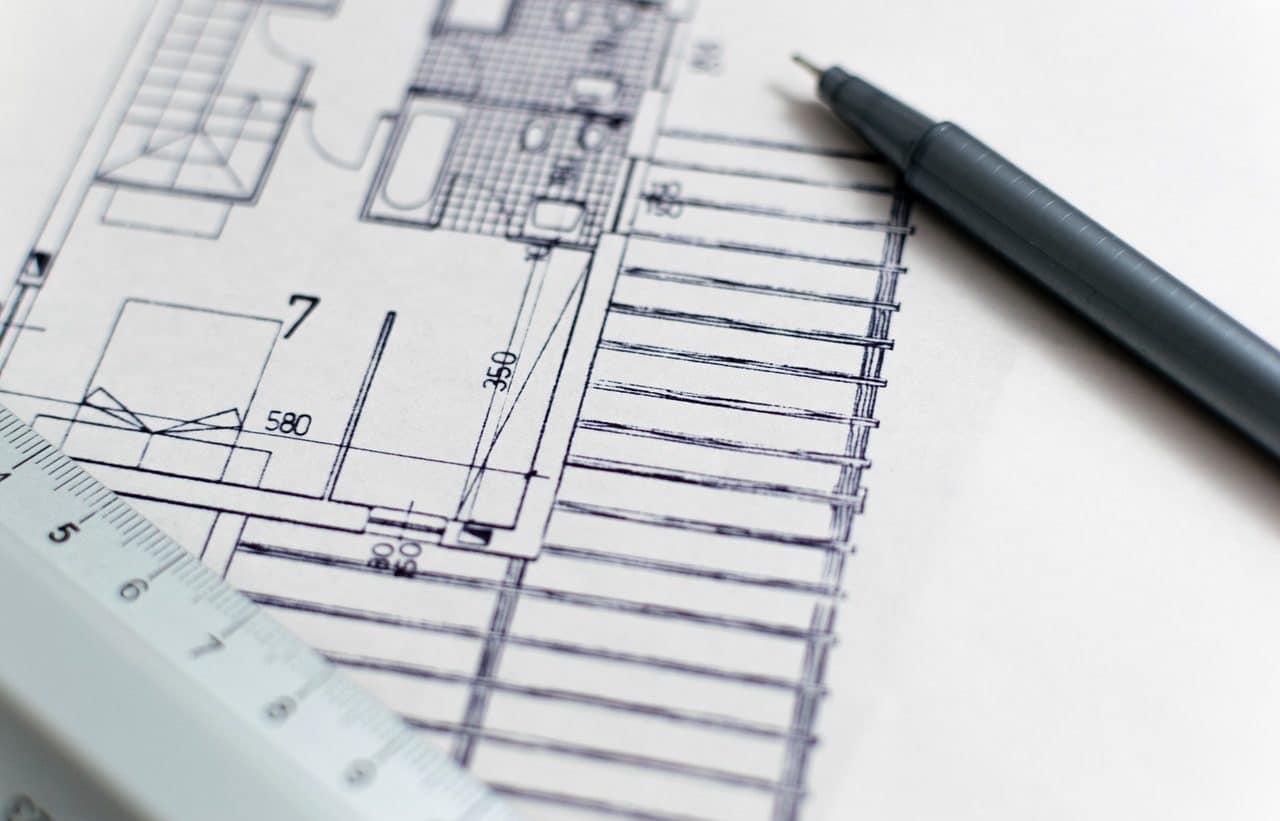
While architecture focuses on independent buildings, urban planning focuses on the set of elements that make up a city.
Urbanism is the discipline focused on the projection , design and organization of cities . The concept can refer to the knowledge that is needed to meet this objective; to the actions carried out for this purpose; and the distribution of buildings in a city.
What urban planning does is analyze how the interaction between people and the built environment is established . That is why their contributions are essential for urban planning and are key in the professional activity carried out by architects, engineers, economists, sociologists and other specialists.
Origin of the concept of urbanism
The origin of the concept of urban planning is attributed to the Catalan Ildefonso Cerdá . In 1859, this civil engineer published the first volume of his work "Theory of the Construction of Cities" , the second volume of which he published in 1861 . Six years later, Cerdá presented the "General theory of urbanization and application of its principles and doctrines to the reform and expansion of Barcelona."
This engineer is noted as a pioneer of modern urbanism. In addition to his theoretical contributions, he was responsible for the remodeling of Barcelona that, in the 19th century , led to the creation of the Ensanche neighborhood.
For Cerdá , urban planning should be an activity with autonomy from other specialties and specifically oriented to studying how the space of a city is organized. The Royal Spanish Academy ( RAE ) only included the term in its dictionary in 1956 , associating it with the development of towns according to the requirements of urban life.

A city's building code, which mandates real estate development, must be based on the precepts of urban planning.
The notion today
The notion of urbanism today goes beyond the spatial and demographic. The idea is linked to the lifestyle whose determination has to do with the material particularities of the city .
In other words, urban planning inspects how urban density and the size of a metropolis affect society. It is related to strategic planning , territorial planning and other concepts and practices that seek to ensure that cities contribute to the well-being of people.
Urban planning is expected to provide solutions to optimize the usability and accessibility of spaces, thus contributing to the quality of life of citizens. One of its purposes is to examine the structural aspects that may affect a population established in a given site.

The management of public space is part of the area of interest of urban planning.
Issues considered by urban planning
Urban planning must be part of the strategic planning of a city. Their contributions must be considered in a master plan and in urban redevelopment or regeneration projects.
Urban planners observe a district as a whole to analyze the urban layout , then considering the particular characteristics of each neighborhood or area. Urban design should not only pay attention to each building, but must define the creation or protection of squares, parks and other sectors associated with the green space of the place.
Another key aspect of today's cities is traffic . A road impact study offers useful information on how to manage vehicular traffic , which may require urban highways, in addition to avenues, streets, boulevards and other arteries.
In this framework, parking areas for private cars must be planned. But it is important that other forms of urban mobility are also encouraged, facilitating the use of public transport or developing cycle paths to offer more safety to cyclists. These issues contribute to sustainability and care for the environment.
Regarding environmental problems, urban planning can analyze the location of an urban landfill and the resources that are useful for recycling . Taking care of urban hygiene and reducing pollution , after all, is essential for sustainable development .
Another issue of interest for urban planning is the conservation of heritage , especially when the town has an important historical center. It is common to work to pedestrianize these areas, which also minimizes the environmental impact.
The problem of gentrification
The problem of gentrification is increasingly common. It is a social problem that is closely linked to urban planning, since it refers to the remodeling or restructuring of an urban area in a process that causes the displacement of traditional neighbors and their replacement by people with greater availability of money.
Gentrification takes place in neighborhoods that are deteriorated and that, through infrastructure rehabilitation , achieve an increase in demand for apartment buildings and commercial premises. The increase in the value of properties and rents means that the original inhabitants have difficulty meeting their expenses, so they must leave and new residents with different purchasing power arrive in their place.
Many times gentrification is caused by temporary tourist rentals . Tourists can pay a lot of money to occupy an apartment or apartment for a few days; In this way, it is more profitable for the owner to opt for this modality to exploit his property compared to renting a stable home.
With the arrival of tourism, the appearance of the neighborhood changes. The economic reality associated with gentrification forces neighborhood businesses to close their doors, giving way to chains and franchises that attack local identity .
